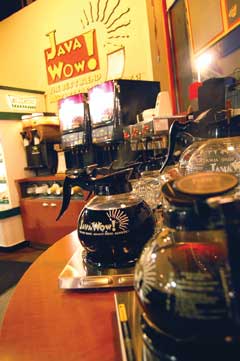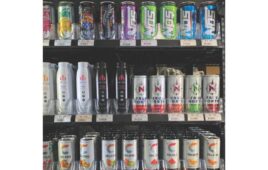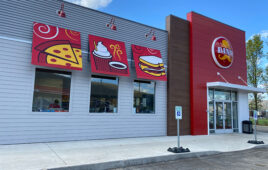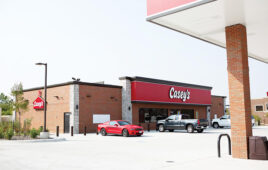
Only 27% of 18 to 24 year olds drink coffee on a regular basis.
Hot dispensed beverages, most notably coffee, remain a lynchpin of the convenience store foodservice business and a key to its continued growth.
Growing sales will be a crucial task in the months and years ahead. Chicago-based research firm Mintel International reported that c-stores and other retail coffee marketers must begin to actively recruit younger drinkers for long-term growth.
Statistics show that coffee sales among the category’s core consumers—adults over 45—has basically topped out at around 66%, the percentage of Americans who said they drink coffee regularly. Growth has to come from somewhere, and numbers don’t lie: just 27% of 18-to-24-year-old Americans consume coffee on a daily basis.
“Young adults are somewhat more likely than over-55s to associate negative health consequences with coffee consumption,” said Bill Patterson, a Mintel senior analyst. “Among young adults in particular, understanding the choice between energy drinks and coffee needs significant marketing focus. If coffee companies can’t convert these younger drinkers to everyday users, long-term growth may suffer.”
Important to know is that younger consumers like their coffee sweeter than their elders. Mintel found 40% of 18-to-24-year-old coffee drinkers add sugar, 18% more than their 45-to-54-year-old counterparts. Just over a quarter of the younger drinkers—28%—said they enjoy the taste of coffee alone; among the older group it was 53%. This means well-stocked condiments is crucial whencatering to the younger generation.
Among the lifestyle odds and ends that Mintel also uncovered: about 22% of 18 to 24 year olds sip coffee while running errands; 46% drink it to relax.
Continued Pressure
“The category will continue to face pressure from increased costs and competition from QSRs as they continue to focus on breakfast,” predicted John Zikias, vice president of sales and marketing for Thorntons Inc., the Louisville, Ky.-based operator of 165 stores. “However, time-pressed consumers looking to start their day with a great product with great value will continue to seek out c-stores who offer a great hot beverage program at a great price.”
Zikias noted that tea has seen what he termed “explosive” growth. “There are now over 3,000 tea houses in the U.S. versus none five years ago,” he said.
Zikias also pointed out that consumers are driven by value. “As the economy improves, customers look for special treats to make their day special, such as starting with a great-tasting cup of coffee, which is a wonderful low-cost treat.”
In early February, Thorntons announced it was launching a new coffee program, beginning in the Louisville and southern Indiana markets. Plans called for adding as many as 160 new jobs over the next 12 months to support the program. Newly hired coffee hosts and hostesses will work the morning coffee rush, typically from 5 a.m. to 10 a.m. Their role: to greet and serve the morning coffee customers.
Zikias’ advice to colleagues is deceptively simple. “Serve the best cup of high-quality coffee that is always fresh,” he said. “Be sure to keep the area stocked and clean. Don’t try to reduce waste by holding coffee too long.”
Critical Year For Coffee
The cost of coffee is rising and convenience store owners are likely to follow the lead of Starbucks and Dunkin’ Donuts, the two major coffeehouse brands that raised retail prices in 2010.
52% of retailers surveyed indicated that they are “likely” to raise retail prices in 2011.
11% of c-store retailers raised coffee prices in 2010.
14% of chains surveyed said they were “extremely certain” their wholesale prices would rise in 2011.
Source: THE CSD/BALVOR 2011 FOODSERVICE OUTLOOK SURVEY




